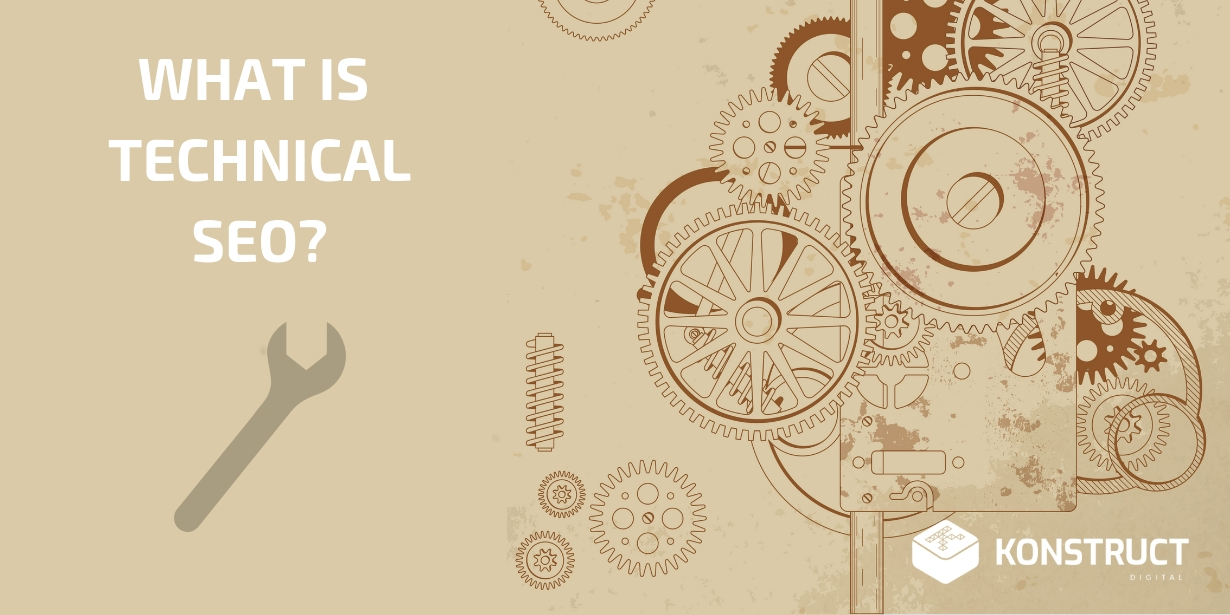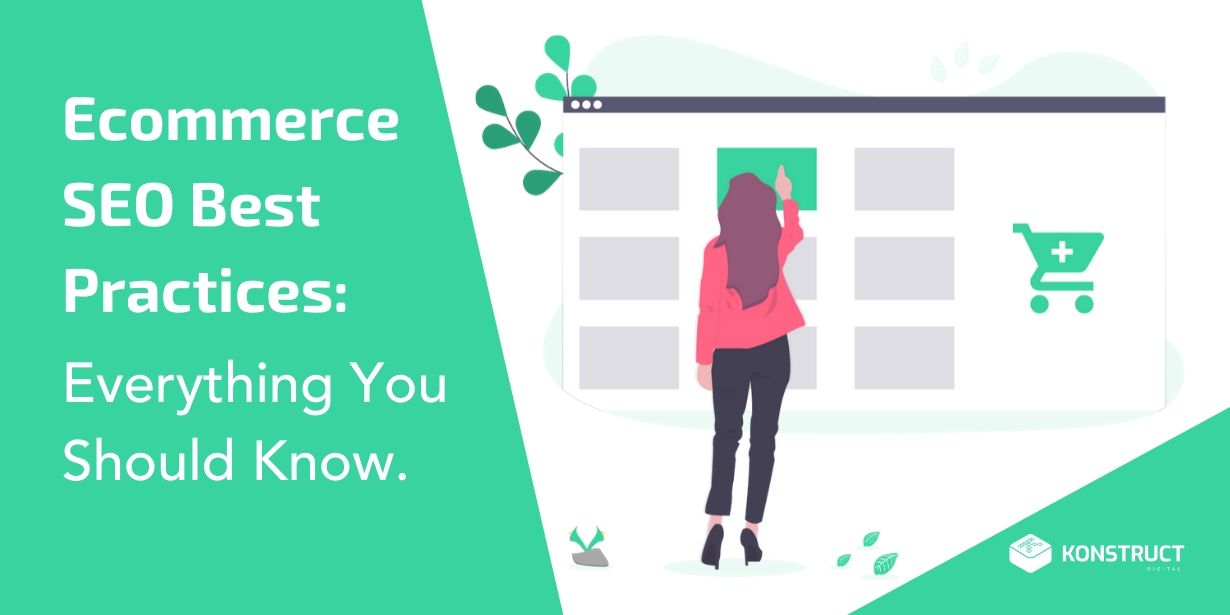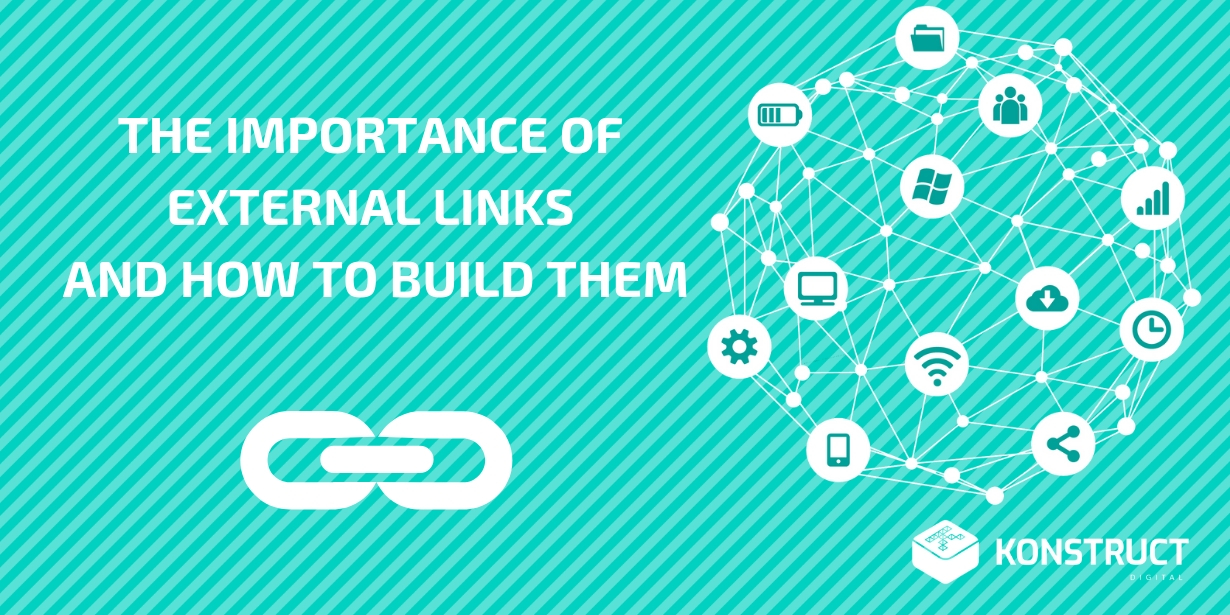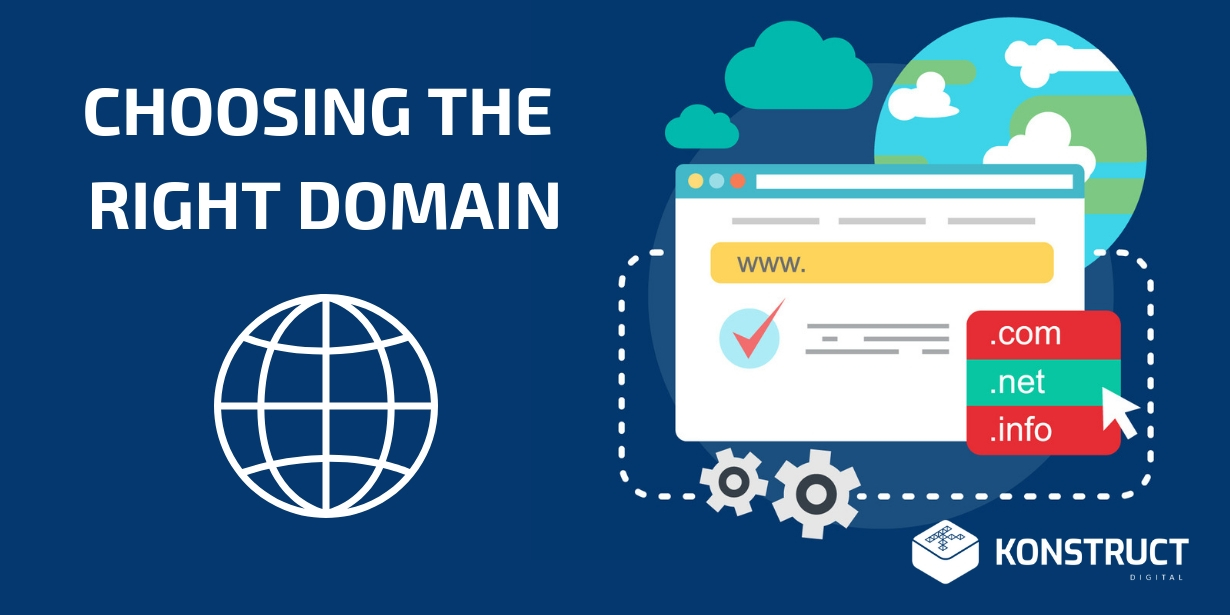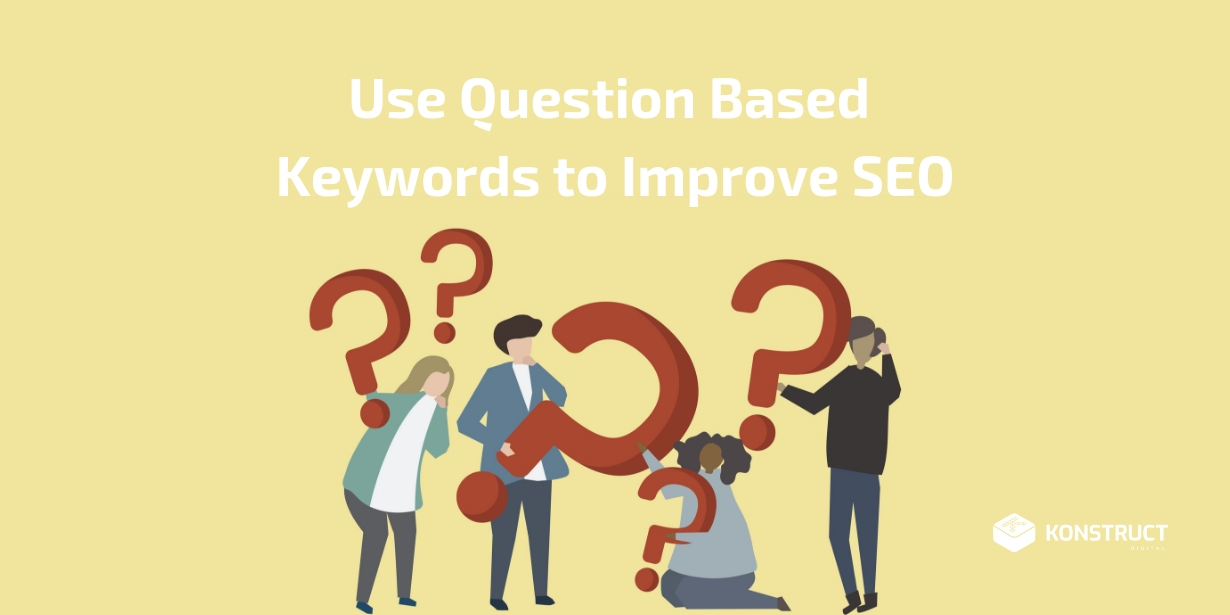Page experience is an integral part of the successful performance of your website. If visitors enjoy using your website, they are more likely to convert. Woohoo! But users aren’t the only ones who care about your page experience…
Spoiler alert: Google cares too! And that’s where the new Core Web Vitals ranking factors come into play. In this article, we’re sharing everything you need to know about Google’s Core Web Vitals and how to optimize your site to get an organic rankings boost.
Core Web Vitals

Core Web Vitals, recently introduced by Google, are a set of metrics that Google considers important to the page experience of a website. They measure the page speed, responsiveness, and visual stability of your site. Core Web Vitals are made up of three specific measurements that Google has deemed essential in delivering a good page experience to site visitors:
- Largest Contentful Paint (LCP)
- First Input Delay (FDI)
- Cumulative Layout Shift (CLS)
So, why should you care?
In June 2021, Google will begin to gradually roll out the “page experience update” which will make Core Web Vitals a crucial aspect of your page experience score. Google explained, “The new page experience signals combine Core Web Vitals with existing search signals including mobile-friendliness, safe-browsing, HTTPS-security, and intrusive interstitial guidelines.” This means in order to get your pages to rank higher on Google, it’s a good idea to assess the Core Web Vitals on your site and make the necessary changes before the Google “page experience update” takes action.
In this article, we are going to discuss each of the Core Web Vitals in detail and share a few tips to help you improve them ahead of the page experience Google algorithm update.
Largest Contentful Paint
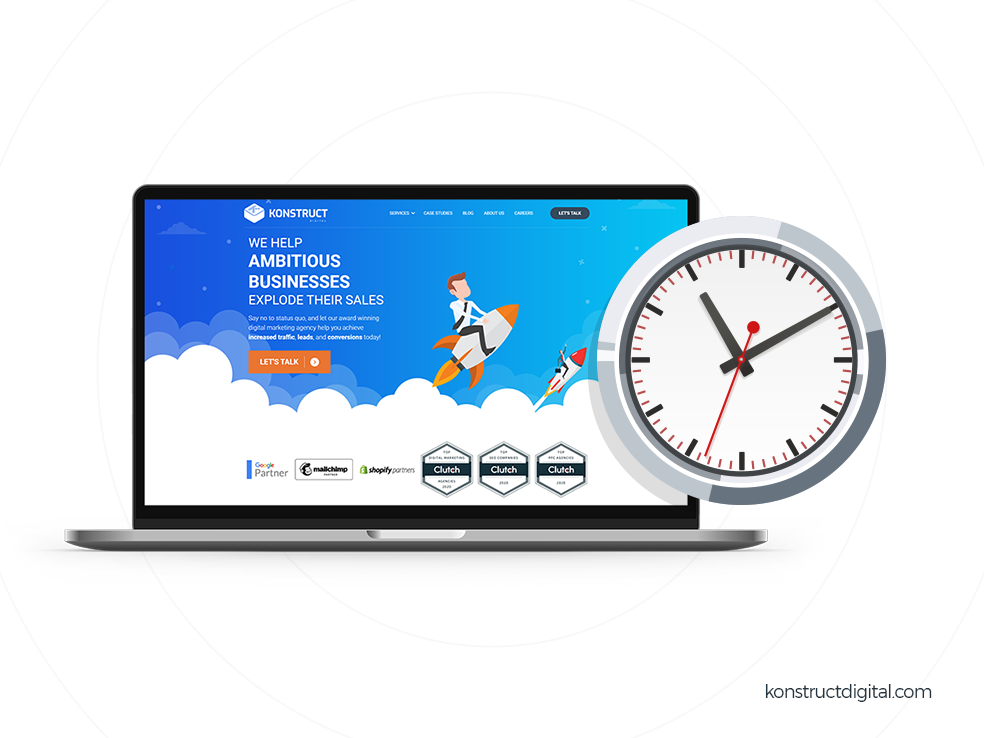
Largest Contentful Paint or LCP refers to your page loading performance. It is a measurement of how long it takes for the largest content element to render within the user viewport. This includes elements such as images, background images, text elements, and video elements.
Google is paying attention to page speed insights because they realize slow page load speeds are causing a lot of people to bounce. A fast-loading website creates a much more positive user experience. If a user’s experience is more positive, they are going to stay on your site longer. If your website is taking too long to load, the user is going to leave and find a site that answers their query more quickly without.
Meeting Google’s requirements for LCP is pretty straightforward. A slow LCP means lower ranking and penalties, and a fast LCP means higher rankings, which means more traffic to your website.
So, what is a good LCP metric? An ideal LCP measurement is less than or equal to 2.5 seconds. If your LCP is slower than 2.5 seconds, you can expect to be penalized by Google with a lower site ranking.
Tips for increasing page loading performance
To improve the Largest Contentful Paint, you should focus on two things. The first is to reduce the download time of resources, and the second is to avoid blocking or slowing elements as much as possible.
Reducing the download time of resources is the most obvious way to improve your site’s LCP. If resources such as fonts, HTML files, images, CSS, and javascript are loaded quickly by a browser, then the browser can also start rendering the page earlier. Some ways to do this are to make use of HTTP caching, use compression to reduce the transfer time, and optimize your server settings.
There are a number of ways to avoid blocking delays by CSS files and JavaScript files. A simple way to do this is to not rely on external hosted JavaScript or CSS files. Also, using a lightweight theme or template with minimal pop-ups and plugins can help. Blocking delays is primarily a coding issue, and it may take time and expertise to rectify.
First Input Delay
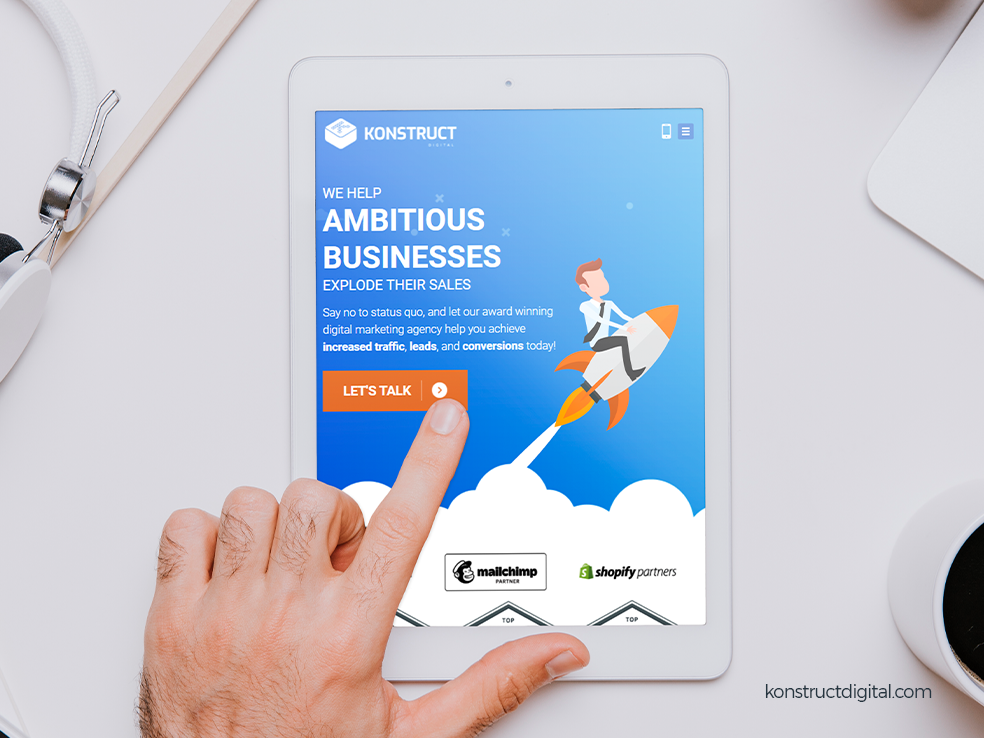
This First Input Delay or FID is the responsiveness of your webpage. It measures the time it takes for a page to become interactive.
It is also the measurement of user frustration. In essence, this metric measures how quickly a user can interact with your website. If the user can achieve what they want on your website quickly, they are happy. If they can not efficiently achieve what they came to do, then they become frustrated. Key smashing and swearing may ensue.
FID is a huge page experience metric. The sooner a user can interact with your site, the sooner they engage with your website. It builds trust and confidence in your site, and in your product. A fast FID can mean the difference between capturing a lead or a sale or losing a prospect altogether.
When it comes to FID, a good benchmark to keep in mind is that your page should be responsive in less than or equal to 100 ms. Any longer than this and you risk losing the trust of both your real users and Google.
Tips for improving your First Input Delay
Improving your FID is not a simple task. The easiest way to improve your FID is to have a solid foundation with strong UX as your standard. Like LCP, to rank well for FID you will need your site to be optimized properly.
If you are not starting from a solid foundation, you may want to consider seeking help from a programmer to optimize your site’s FID.
Cumulative Layout Shift

Cumulative Layout Shift refers to the frequency of unexpected layout changes and a web page’s overall visual stability. Like FID, this can be the source of great frustration for your visitors.
Here’s an example:
Have you ever visited a website and were about to click on a link to an article, but the layout suddenly shifts and an ad appears? Instead of clicking on the article you wanted to read, you click on the annoying ad. So frustrating!
Ideally, you do not want anything getting in the way of the visitor engaging in your website in the way they want. You want it to be easy for them to navigate your site and accomplish what they came there to do.
To feel confident about your site’s performance, you will want a CLS score of less than or equal to 0.1. A fully static page with no layout shift can have a score as low as zero and the score increases as more layout shifts occur.
Tips for improving your First Input Delay
Before we attempt to optimize our CLS, let’s first understand what causes it:
- Using fonts improperly leading to a flash of invisible text (FOIT) or a flash of unstyled text (FOUT)
- Embeds and banner ads and iframes without dimensions
- Using images without specifying their dimensions
- Actions waiting for a response from the network before updating DOM
- Any content that is injected dynamically
The simplest way to increase your CLS score is to add dimensions to your images and videos, as well as reserving space for your ads, embeds, and iFrames.
Measuring Core Web Vitals
The Core Web Vitals report has replaced the old speed report in Google Search Console. If you’re not already monitoring your core web vitals you will want to start paying close attention before Google’s update.
Tracking your Core Vitals can be done through Google Search Console. The report breaks all of the pages on your website down into buckets that are labelled poor, in need of improvement, and good. This makes it easy for you to identify which pages need work, and which pages are working well.
Lighthouse is another tool that makes it easy to monitor your core web vitals. This web vitals Chrome extension allows you to run reports that give you a score for each of the core web vitals, along with the Lighthouse Performance Score.
The Importance of Core Web Vitals
So, we’ve spent this entire blog post telling you that core web vitals are important because they will soon act as ranking signals and impact your search rankings. But, how much of an impact will they really have? Is it worth getting in a panic and ringing all the alarms?
The truth is… core web vitals may not be as influential to your search rankings as some had originally thought. Although page experience signals are important, Google shared that relevance and valuable information will still trump page experience ranking as the most important ranking factors.
Google explains, “While all of the components of page experience are important, we will prioritize pages with the best information overall, even if some aspects of page experience are subpar.”
Core Web Vitals Ranking Boost
Although core web vitals may not have the most massive impact on your search rankings, they could still be the difference between earning that lucrative #1 spot or being stuck in #2. By paying attention to user experience, and optimizing your core web vitals, your site may just be given that extra boost you need to bump onto the first page or even into the top spot!
If your core web vitals scores aren’t great and you are struggling to increase them, our team of developers can help implement technical changes on your site. This will have an immediate impact on user experience and give your pages a boost when “page experience update” rolls around.
Get started by contacting us today!



